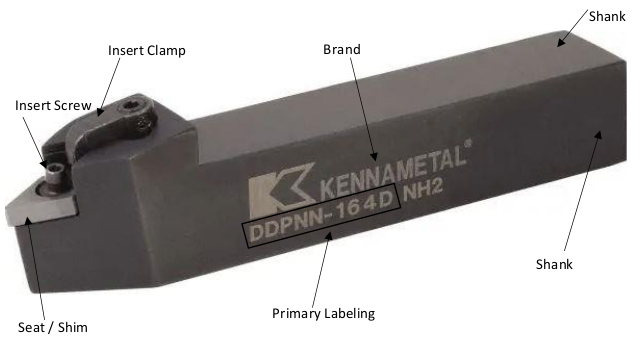
Use WD-40 and a scotchbrite pad to remove any rust or residue from the tool holder, taking care not to remove any of the labeling while doing so.
Once it is clean, wipe down with a dry rag to remove any excess WD-40.
Picturing Turning Tool Holders
Click here for info about how to upload pictures
1st Picture: A three-quarters (or "3D") angle shot of the turning tool holder, with the insert seat facing toward the camera. See below for an example of what we mean by this:
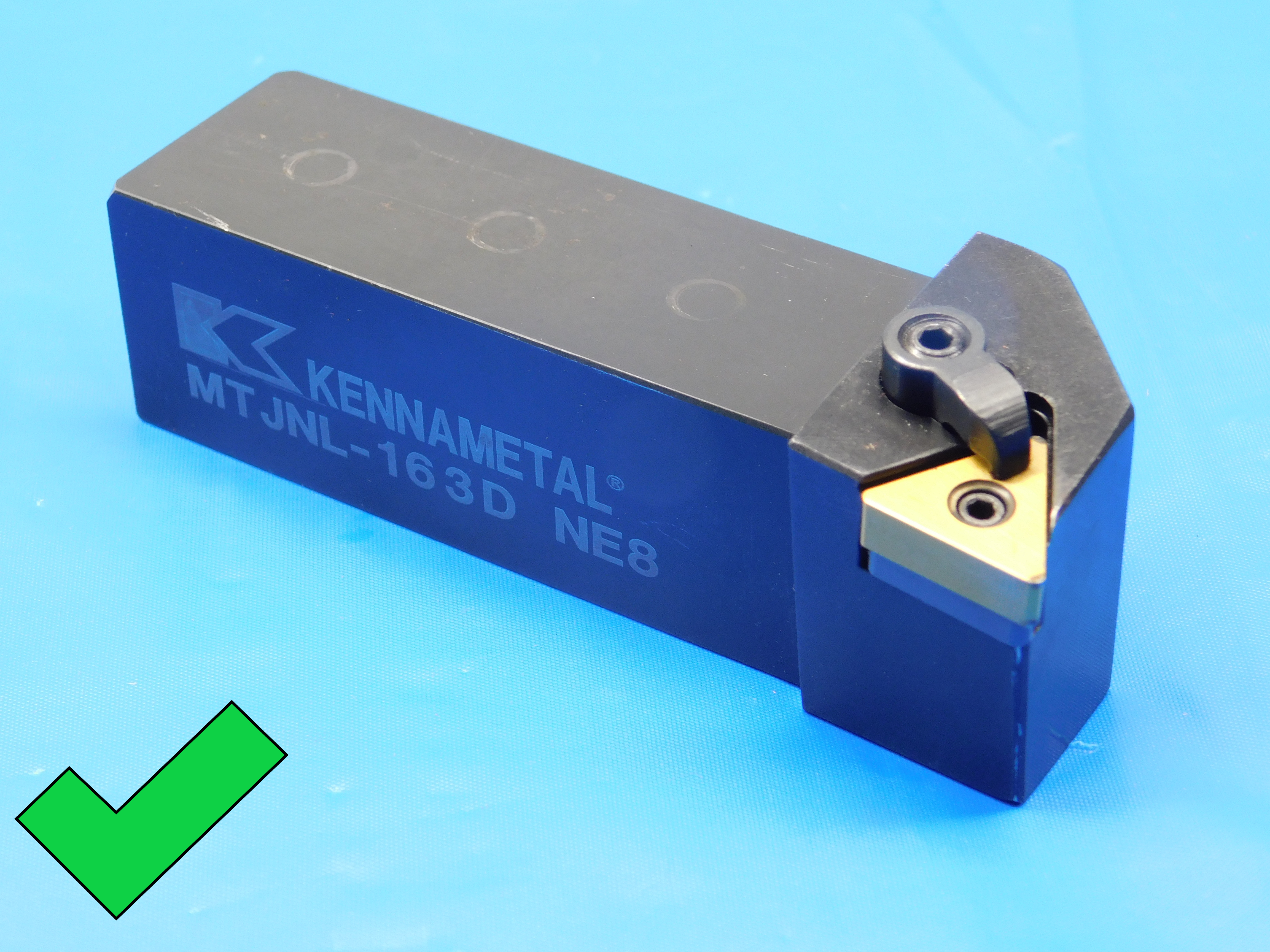
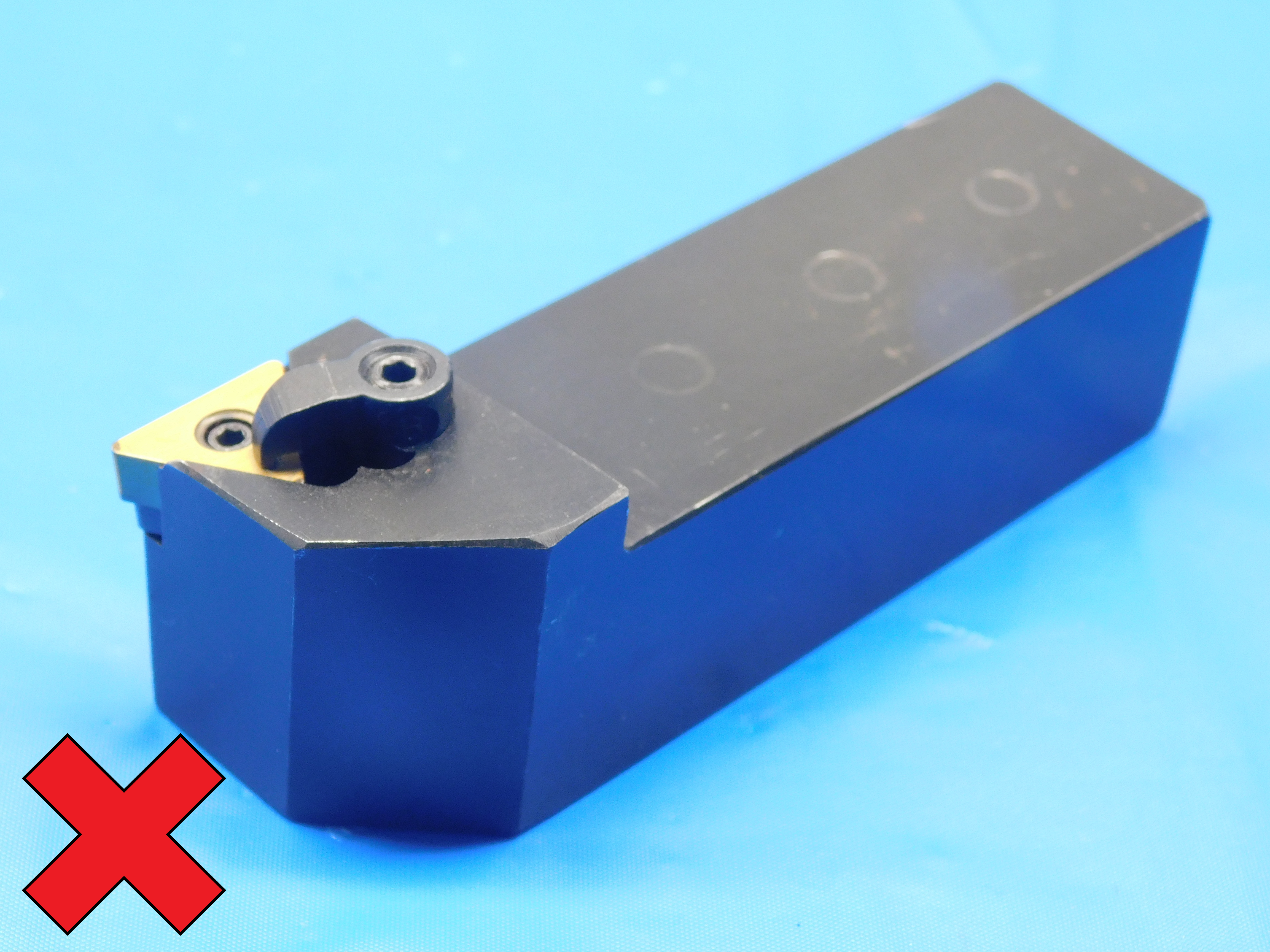
The specific direction will depend on whether it is a "right hand" or "left hand" tool - some will have the insert pocket pointing to the right, like in the picture above, but on others it will point to the left (see the third example set below). If there is any packaging, it should be included in this picture as well.
2nd Picture: A side view of the tool holder with a tape measure at the bottom of the frame to provide size reference. Like the 1st picture, the insert seat should face the camera and be fully visible. Make sure there is sufficient space between the tool holder and the tape measure so that the tape measure is not covering up any part of the too holder. Any packaging should also be included in this picture.
3rd, 4th, & 5th Pictures: Close-ups of the insert pocket, from three specific angles:
- Top-down
- Head-on
- Side view*
*When picturing a "neutral hand" turning tool holder (where the insert is in the center of the head rather than offset to one side - such as the second example below), picture both sides of the pocket.
All three pictures must be present on all used turning tool holders and must match the examples shown below! The insert pocket is the most important part of the tool and the condition must be 100% clear in the pictures! ***If a turning tool holder is NEW, you may skip the head-on and side view pocket pictures as there will be no wear / damage that needs to be shown***
6th Picture: A close-up shot of the labeling. If there is no labeling present, or if the labeling is too faded to show up in a photo, skip this picture.
Additional Pictures: Any damage or modification to the insert seat or shank should be clearly pictured. Use a pen to point to the damaged / modified area. Refer to the second set of pictures below for an example. If you think any additional pictures are needed for any other reason, contact your trainer to confirm if they are necessary.
Refer to the pictures below for examples:
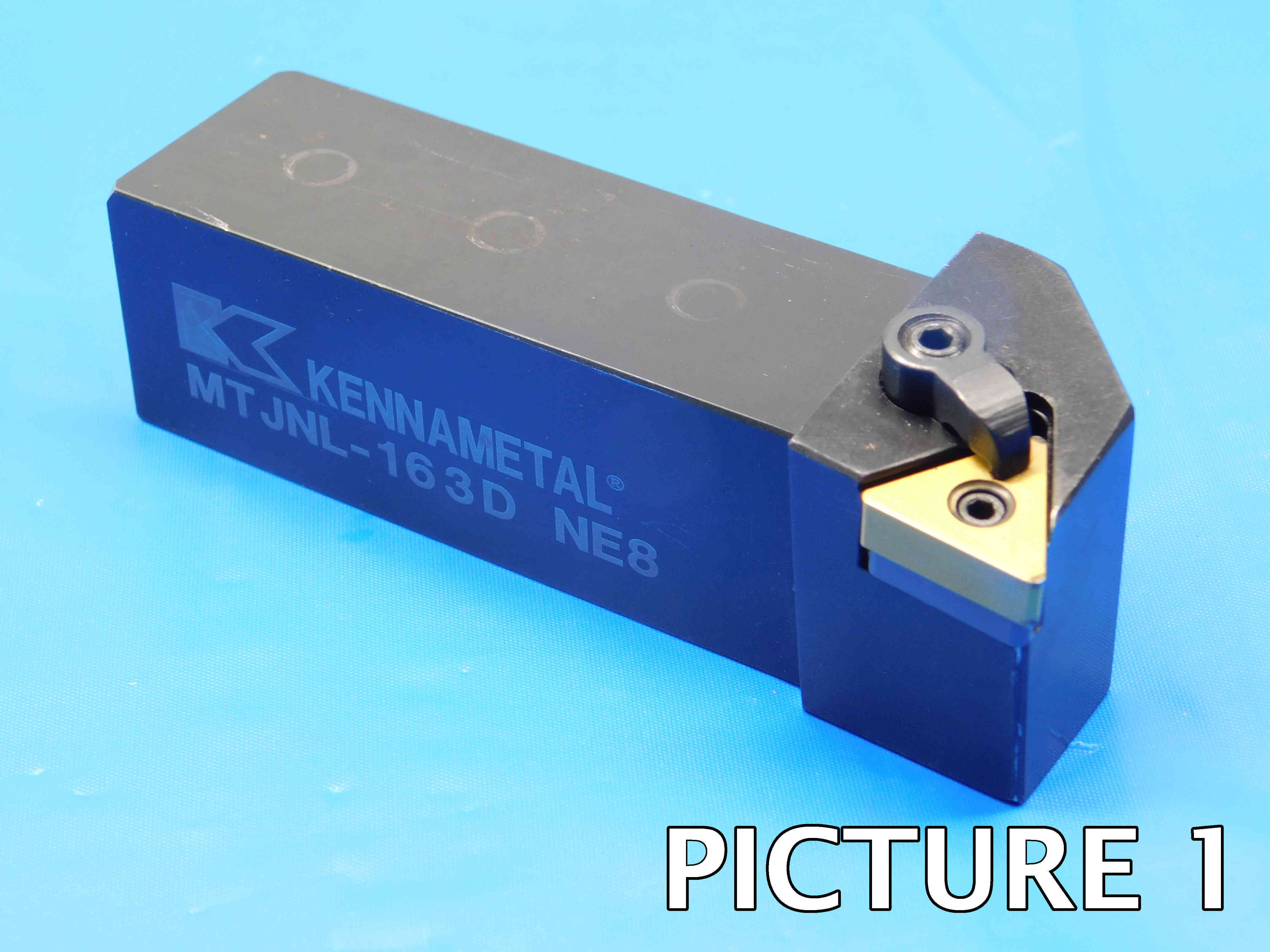
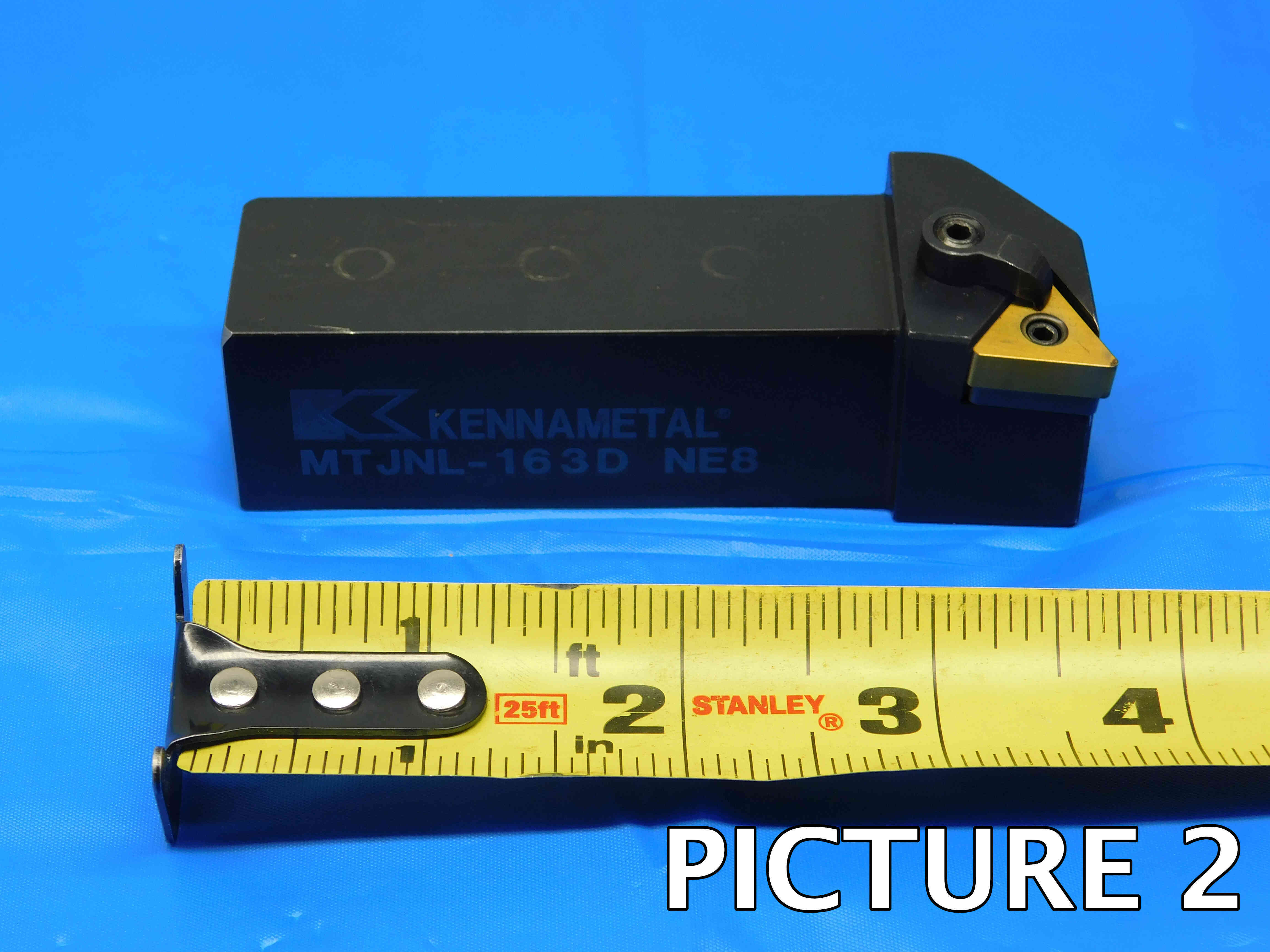
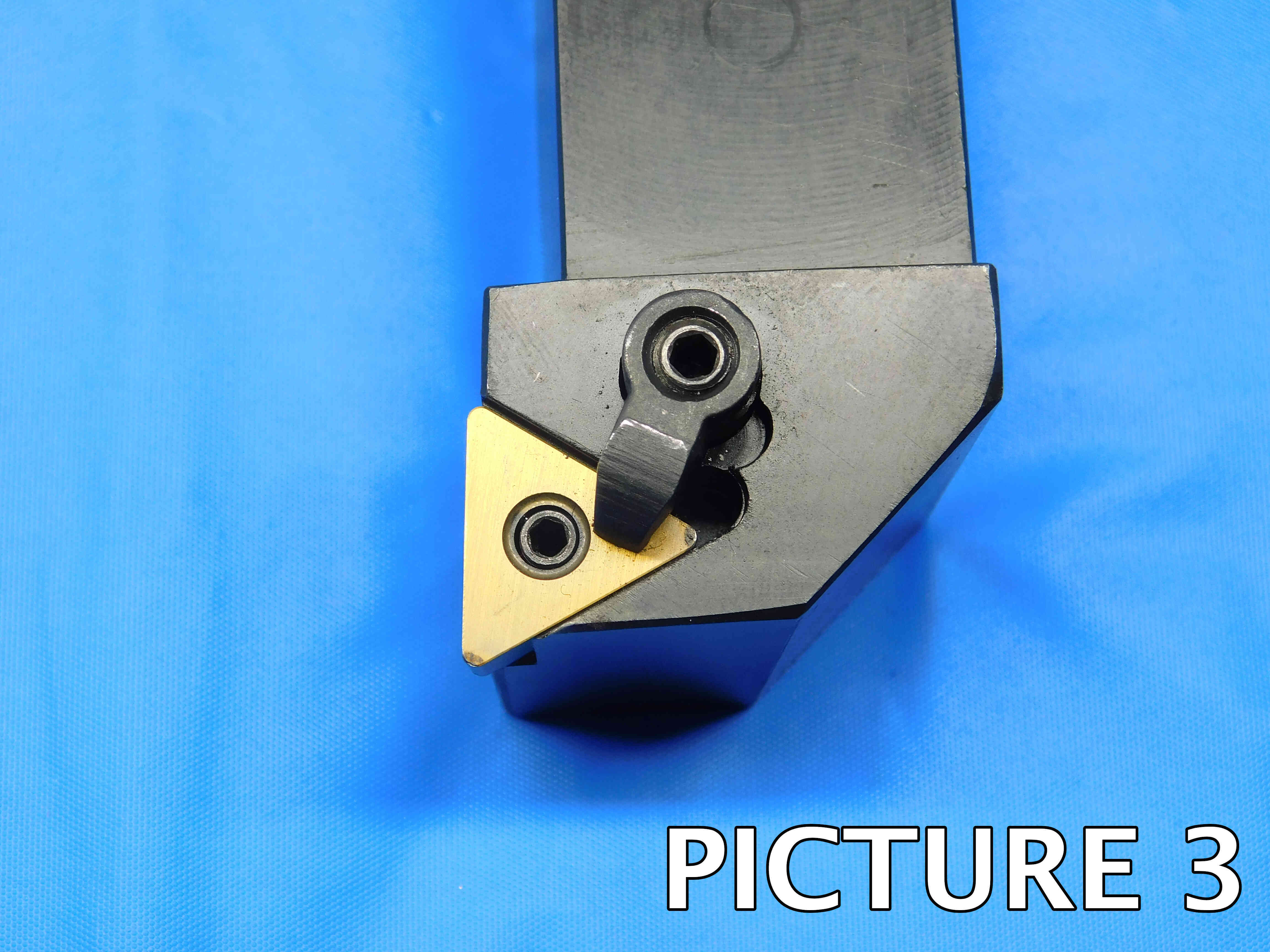
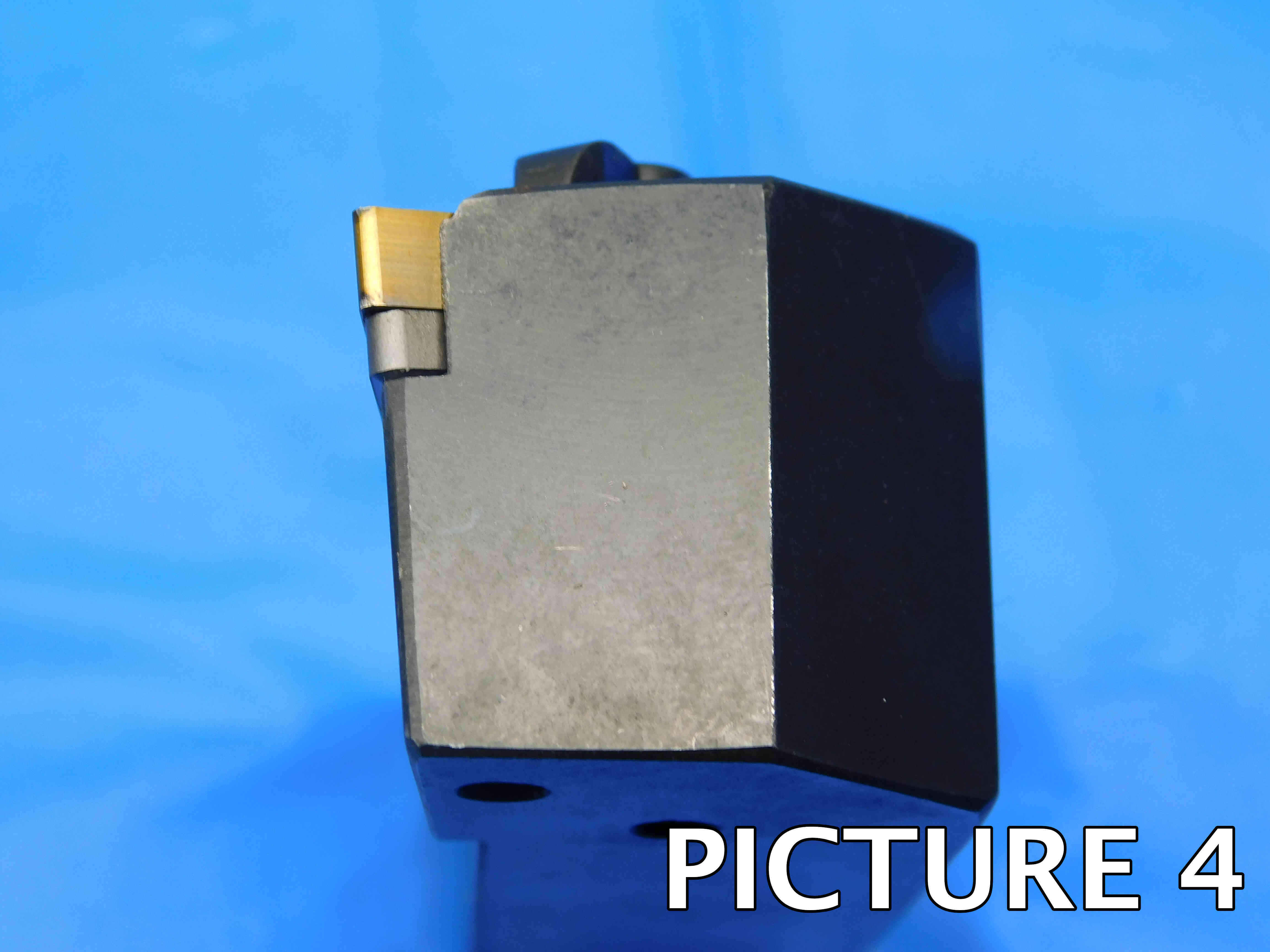
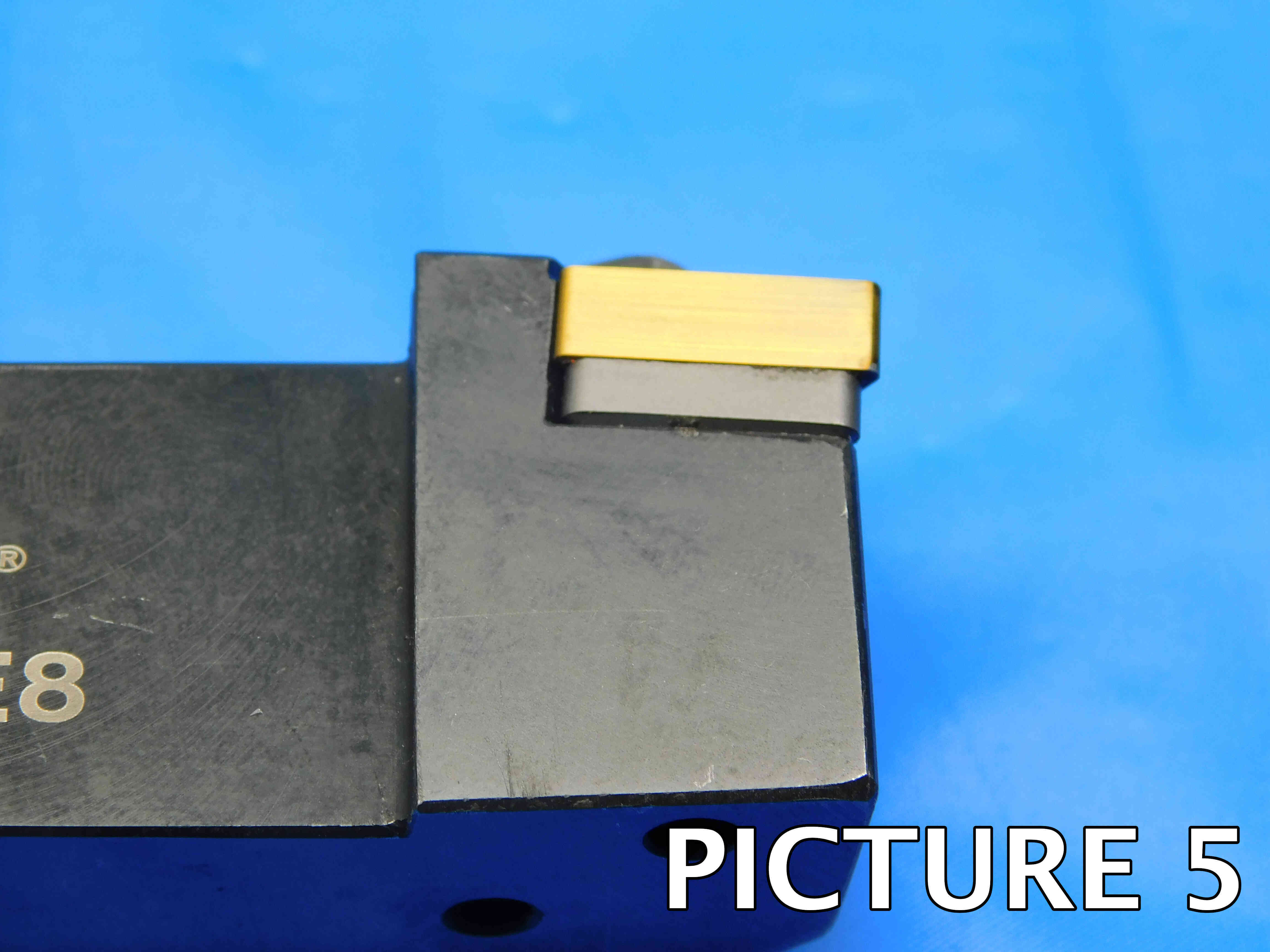
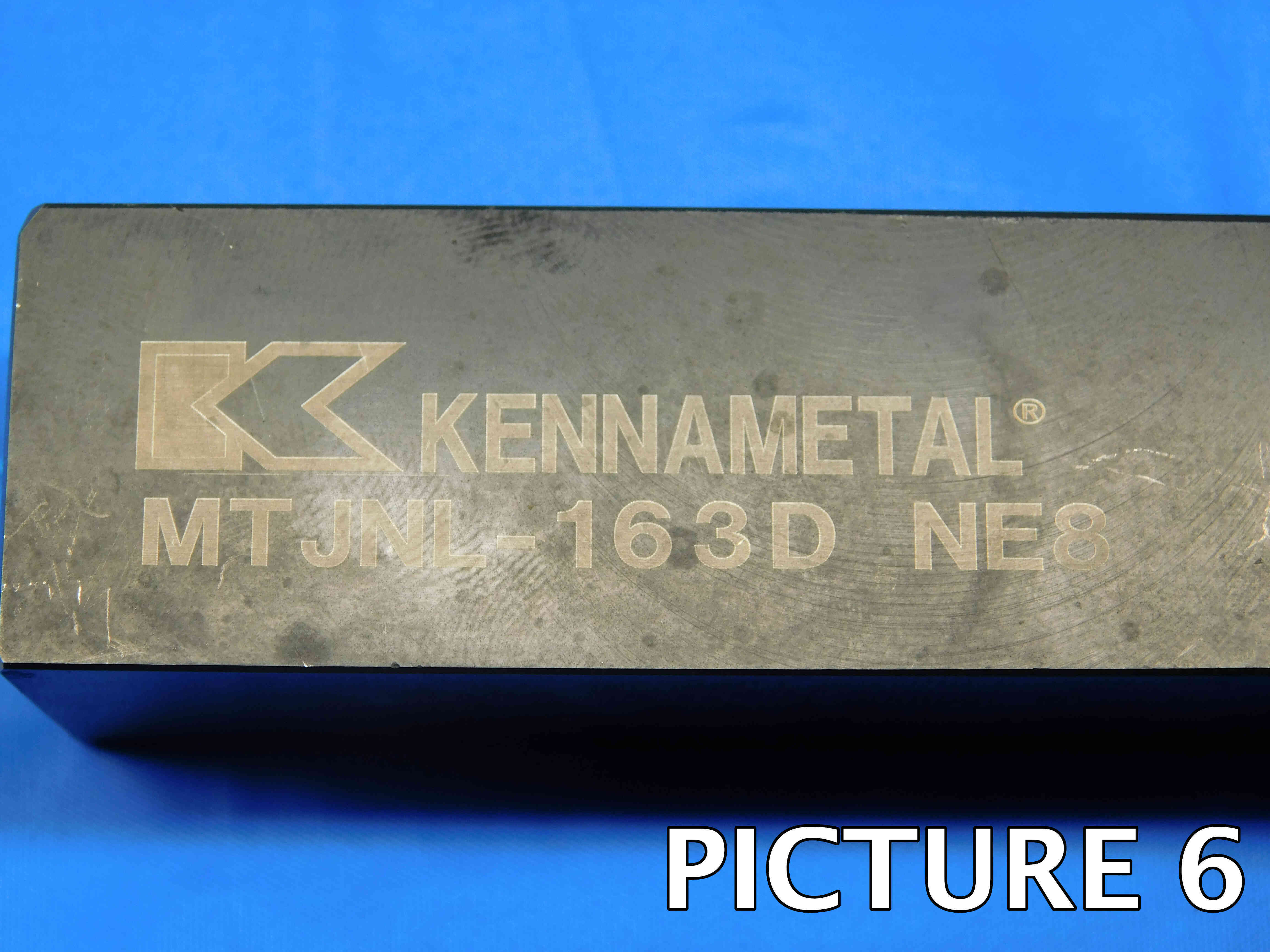
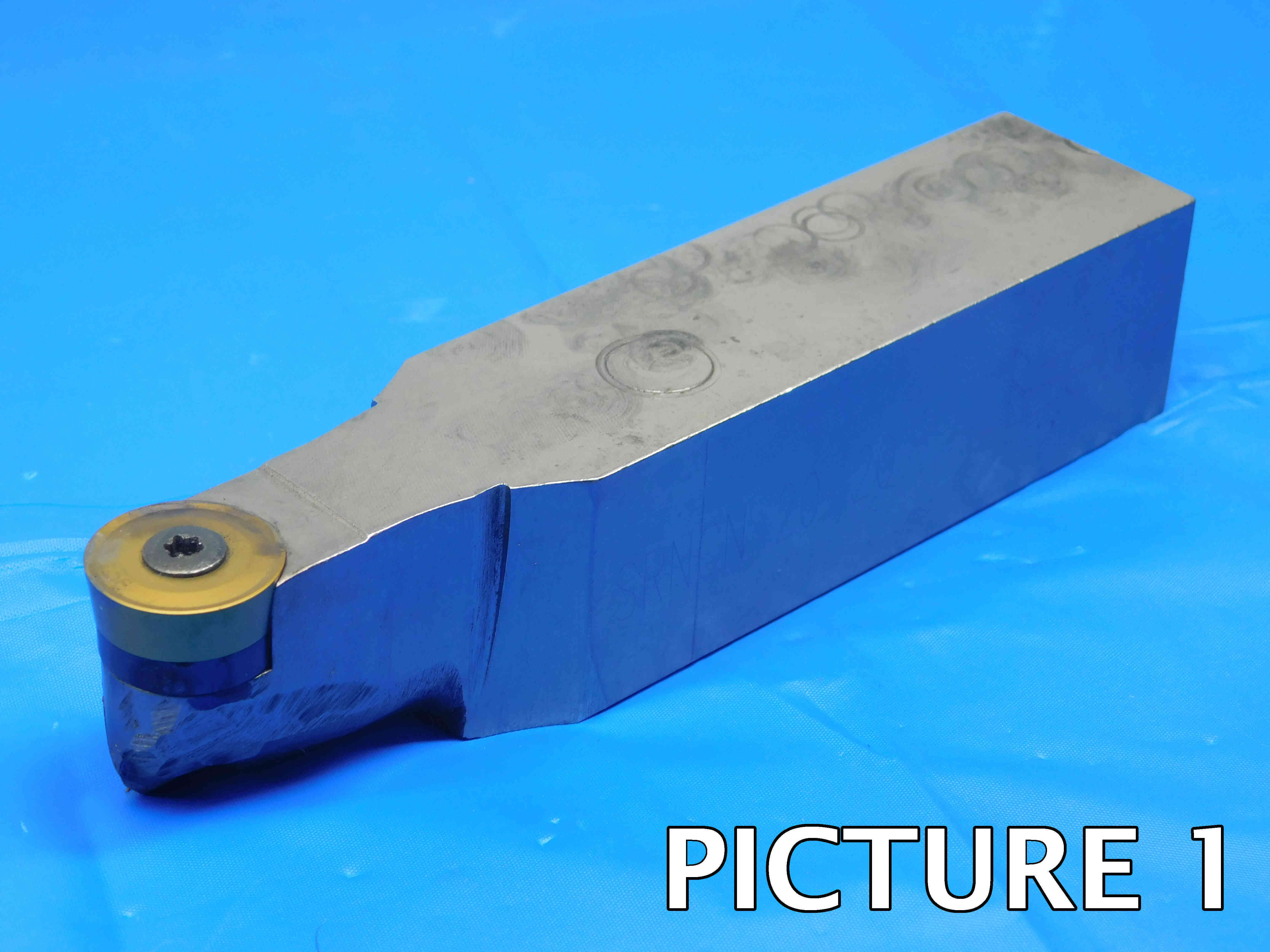
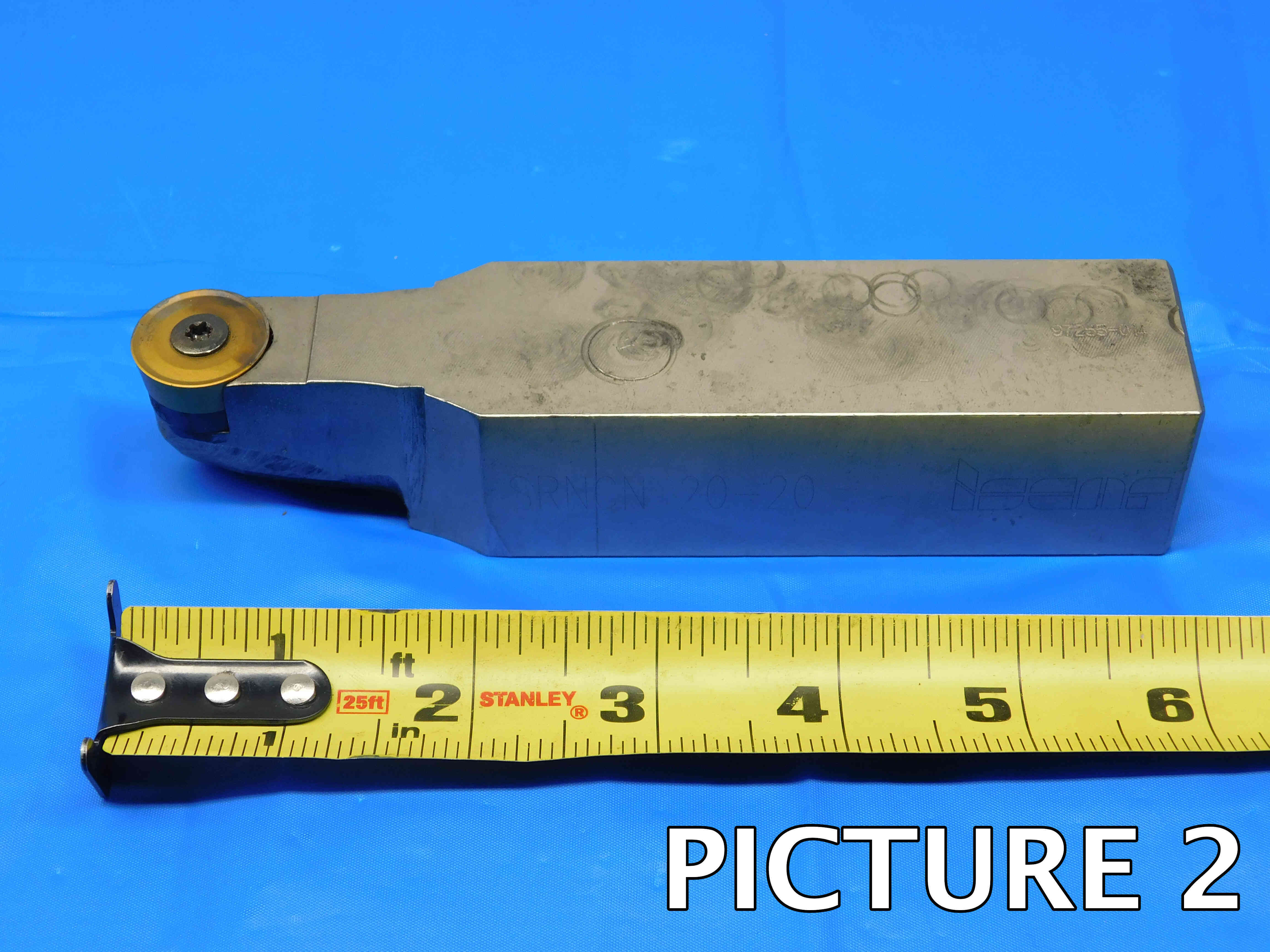
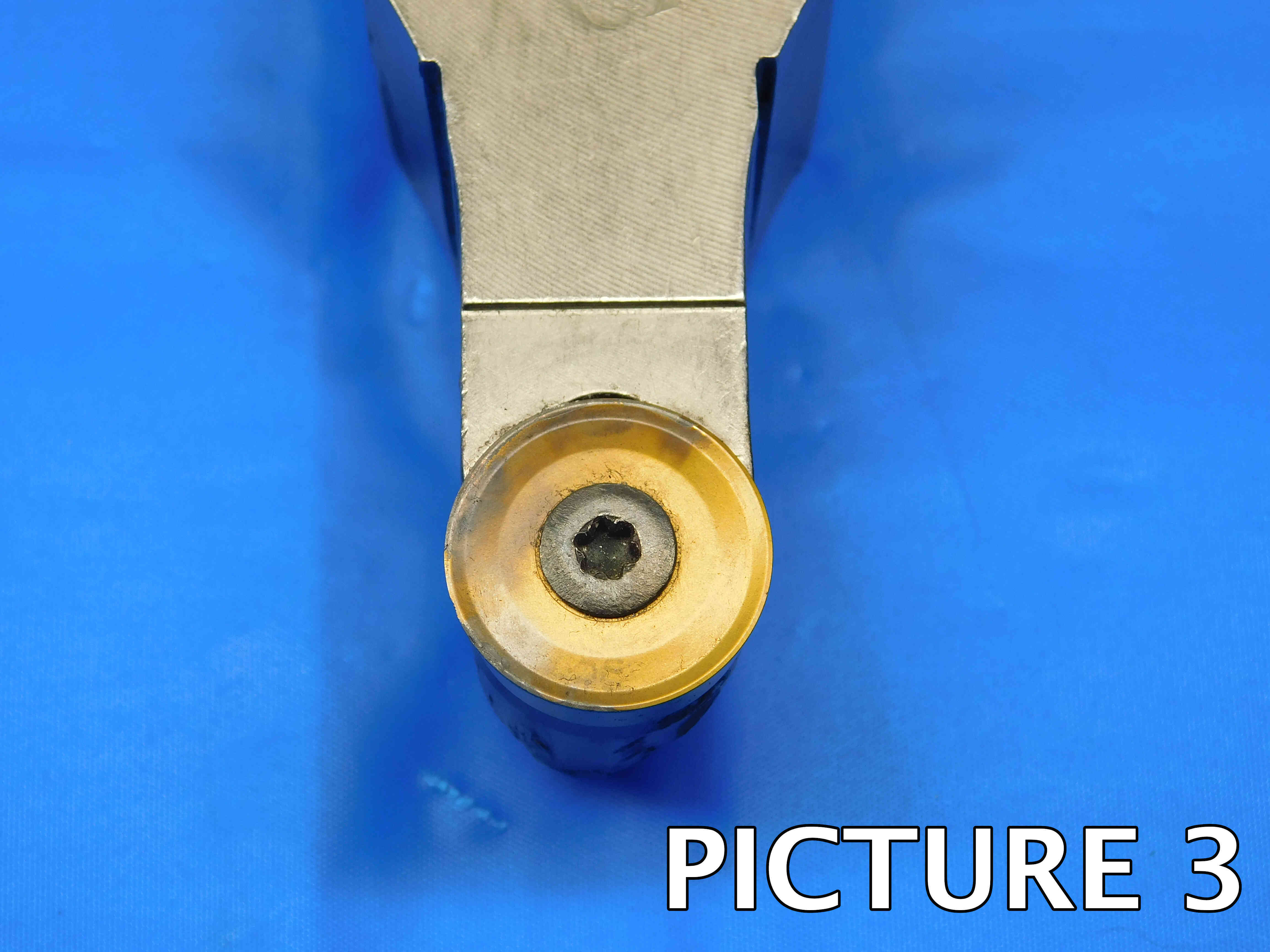
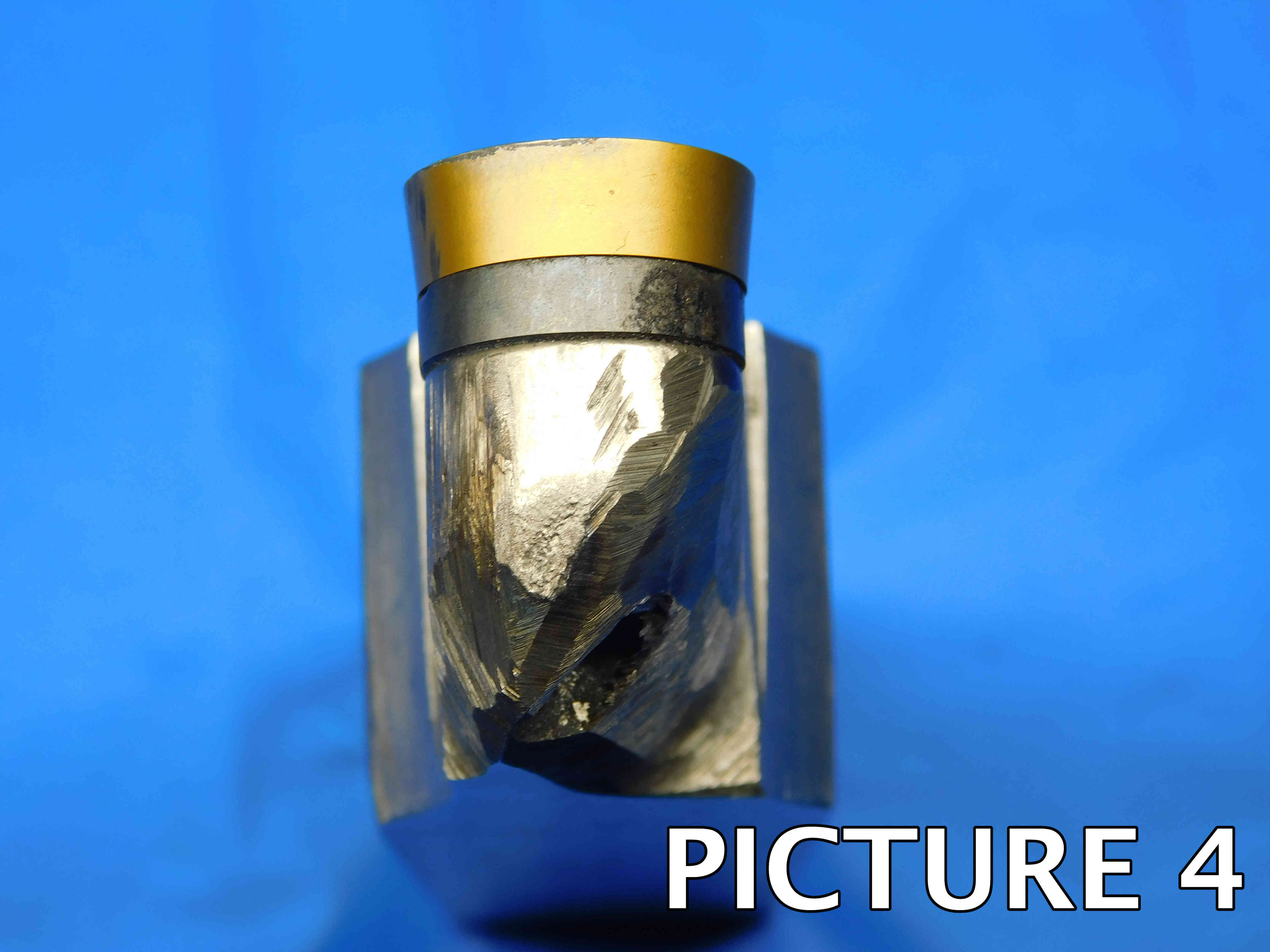
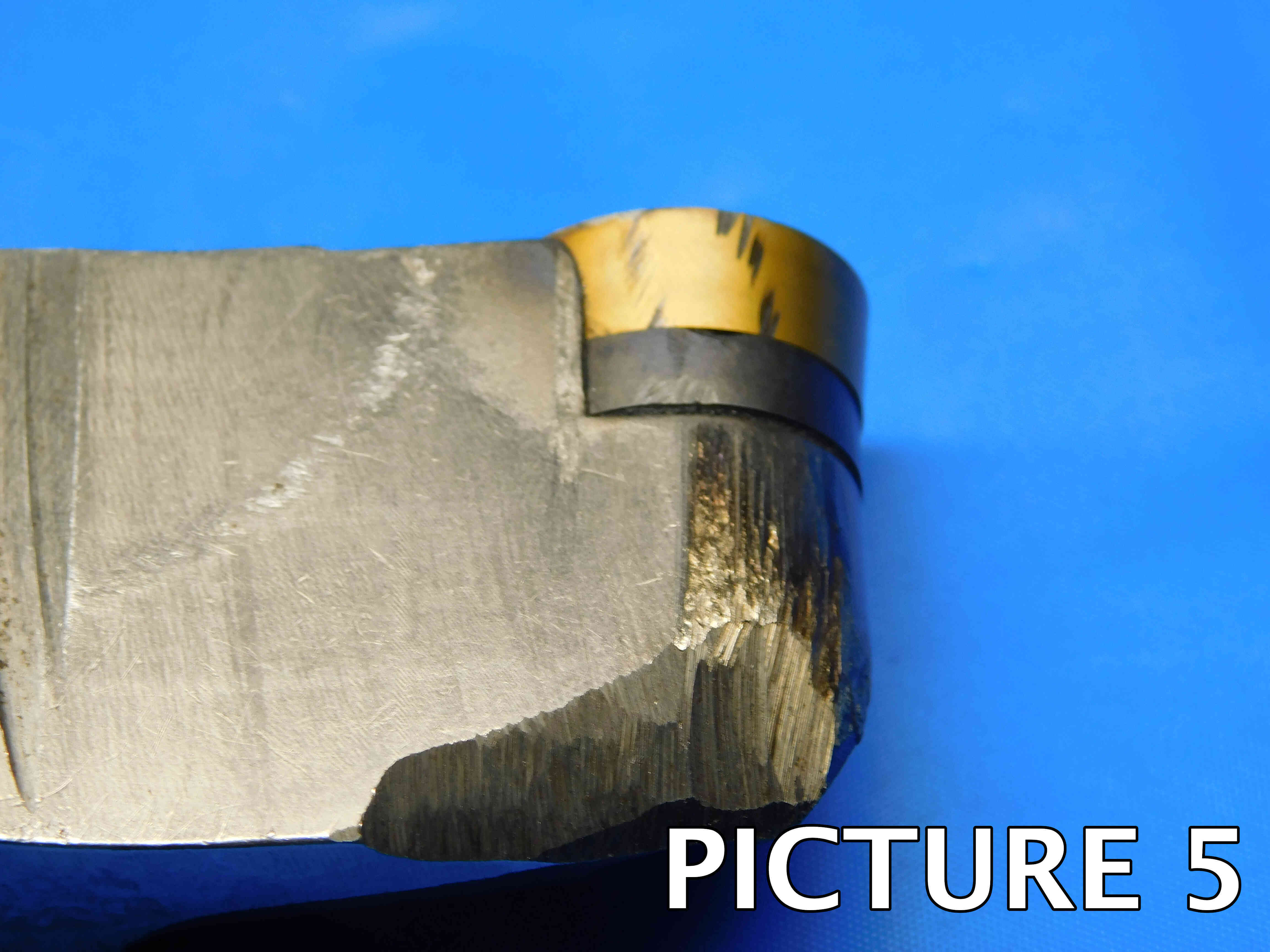
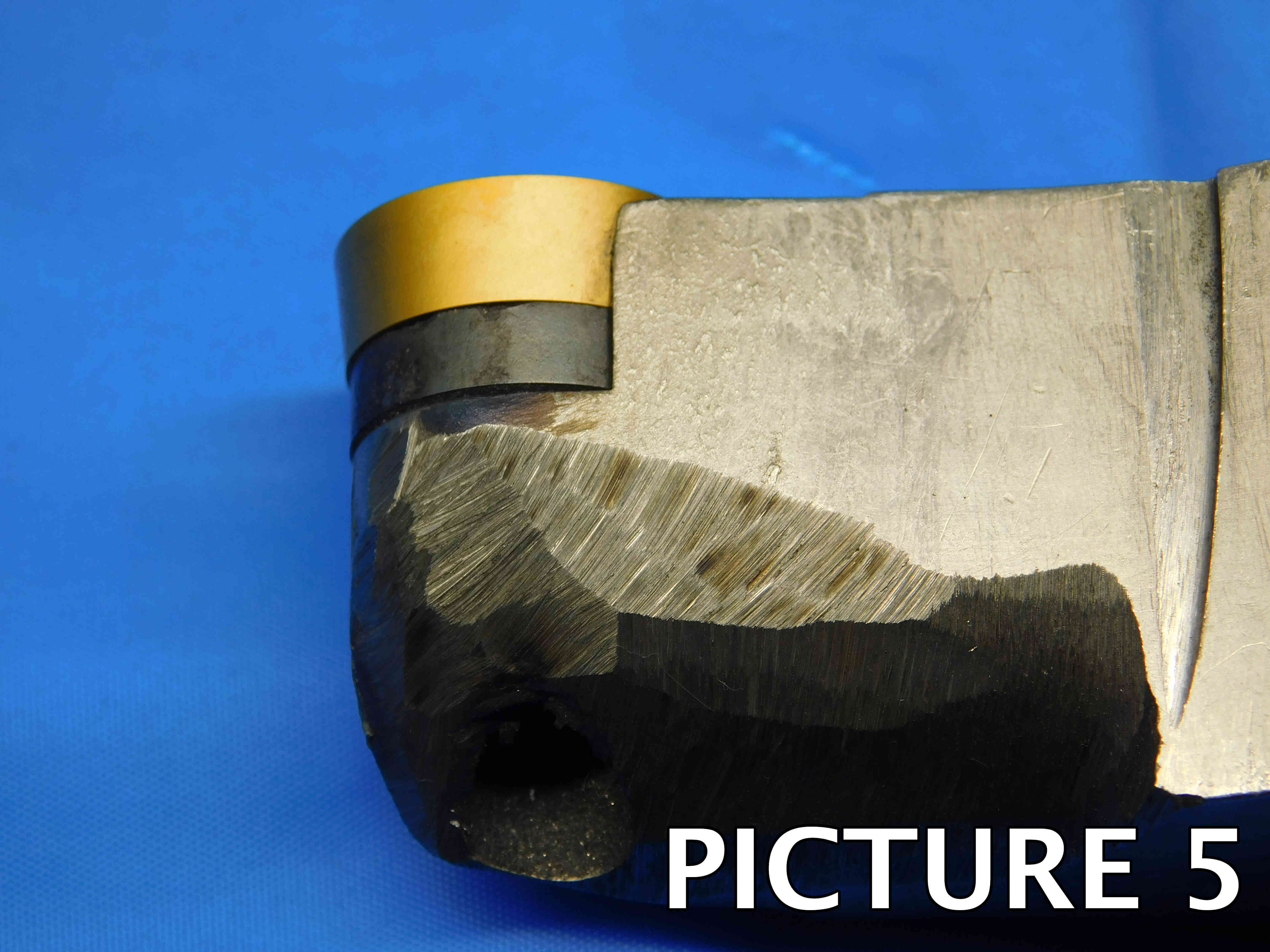
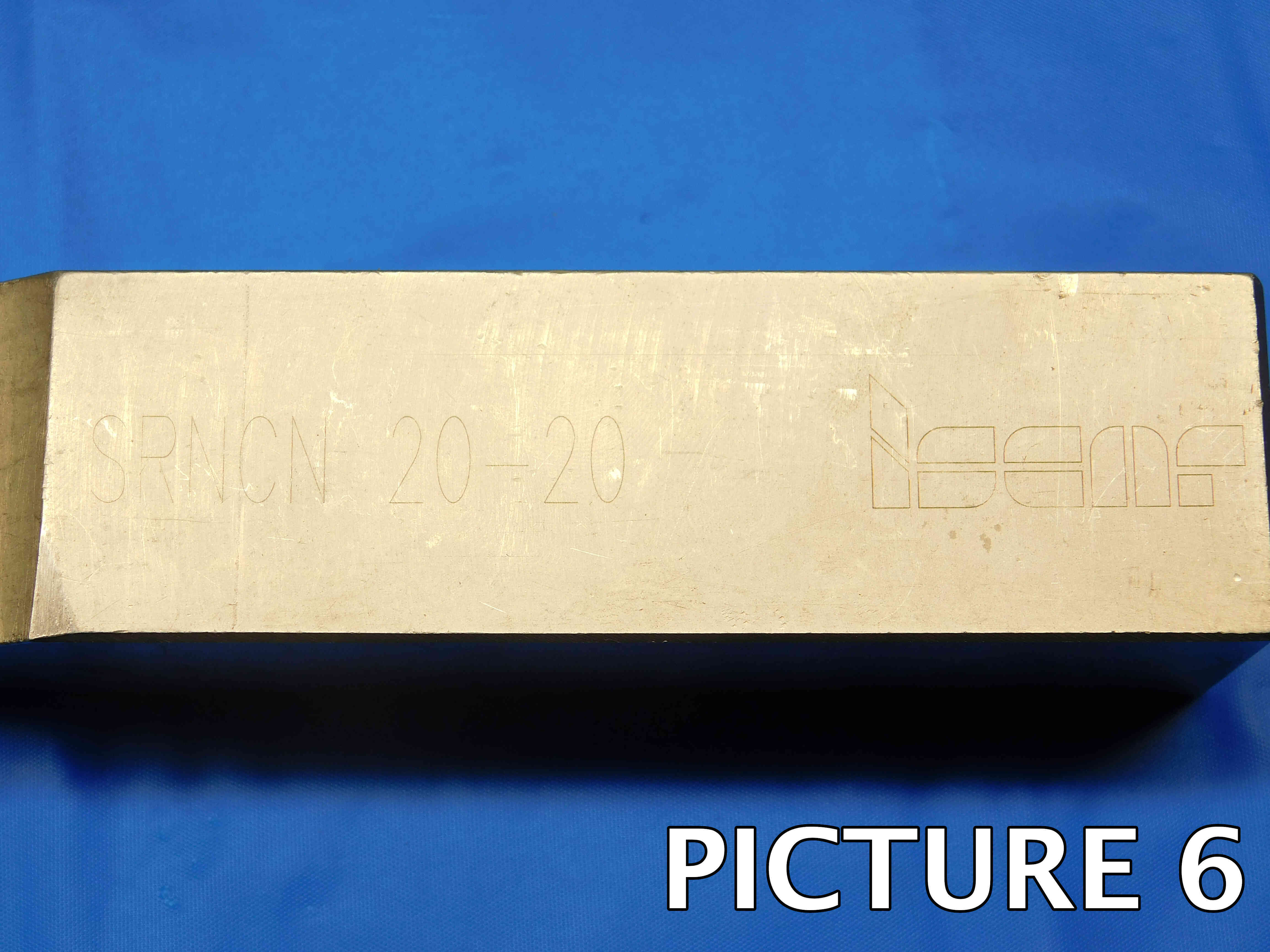
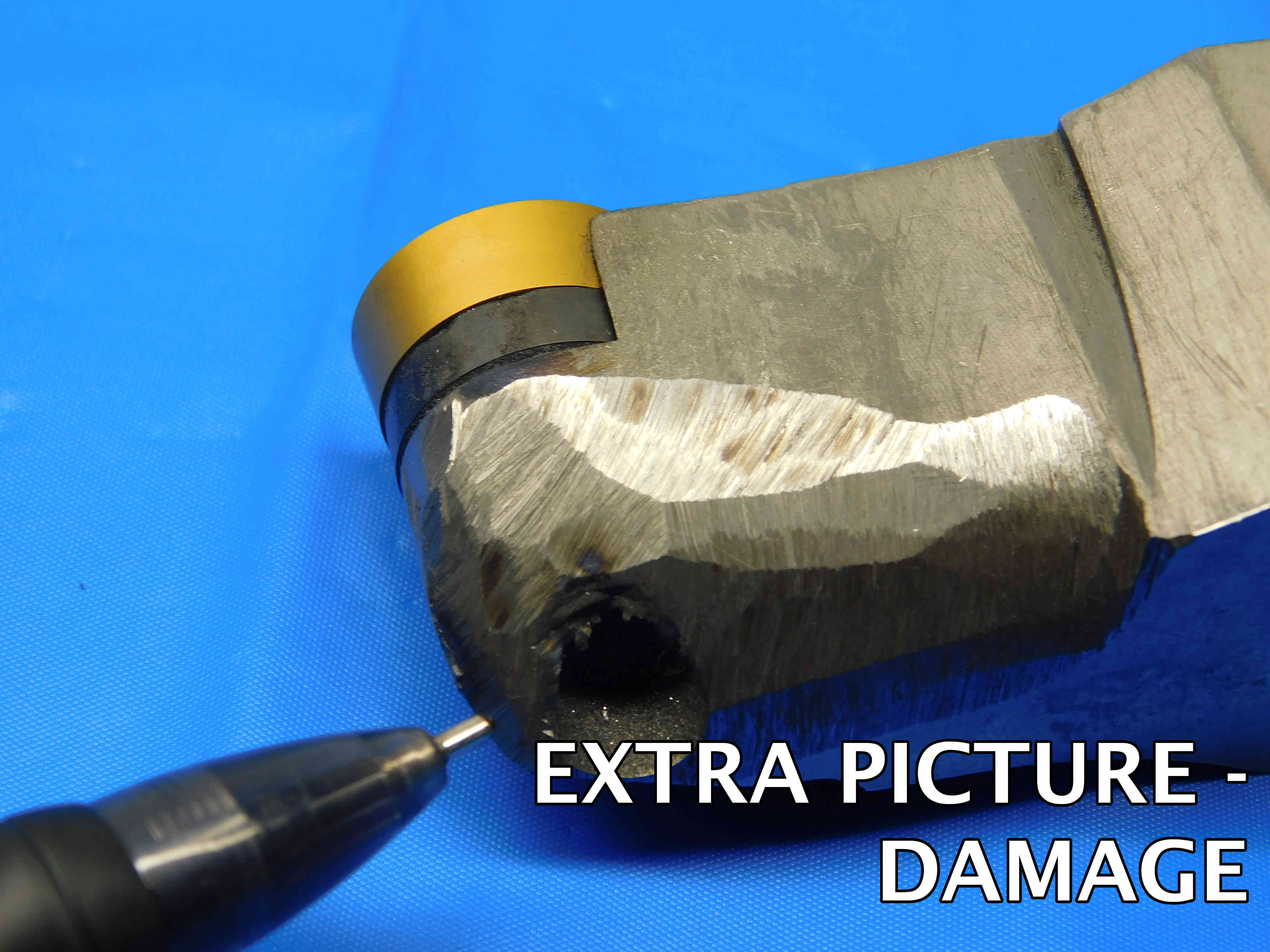
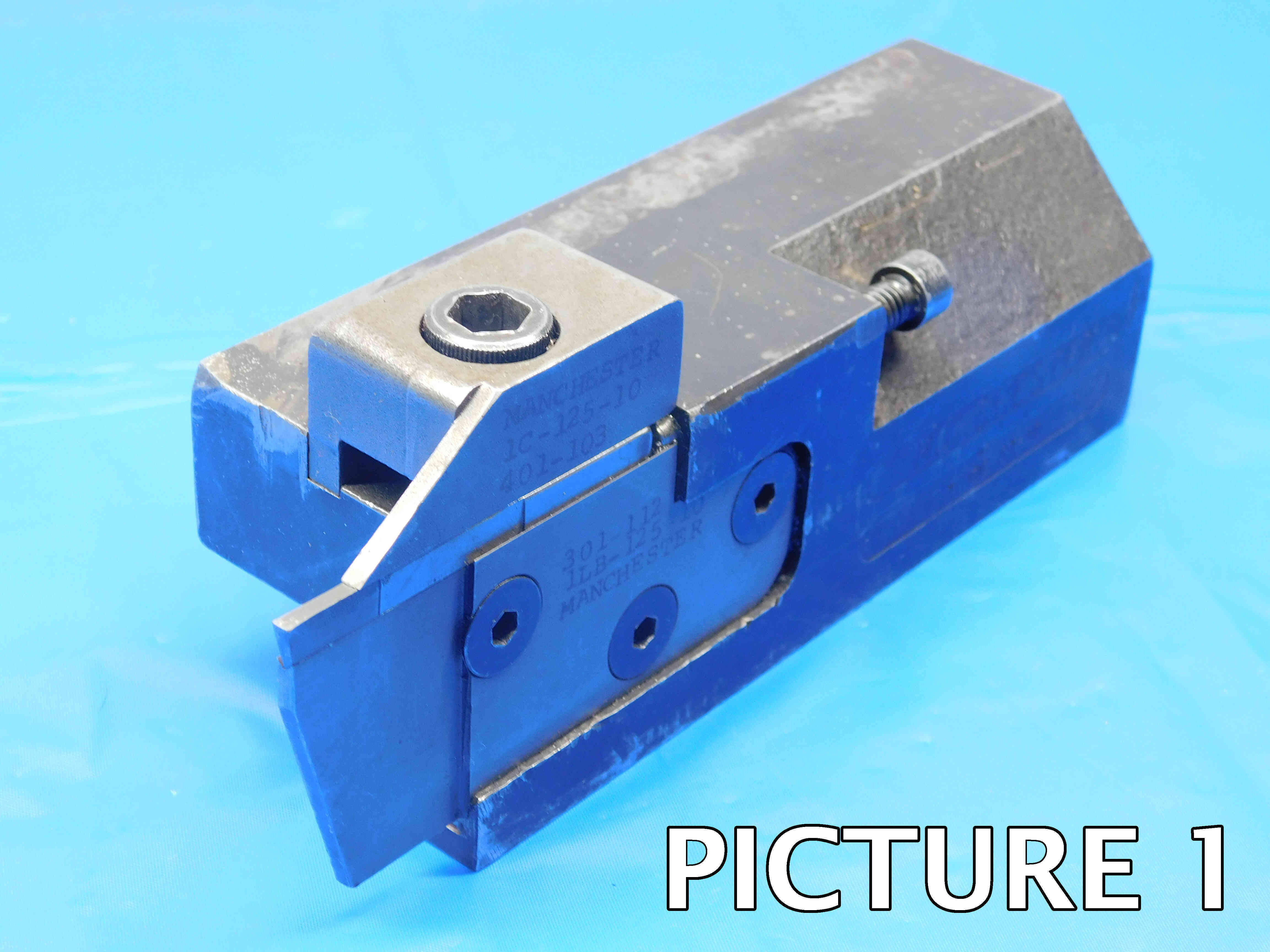
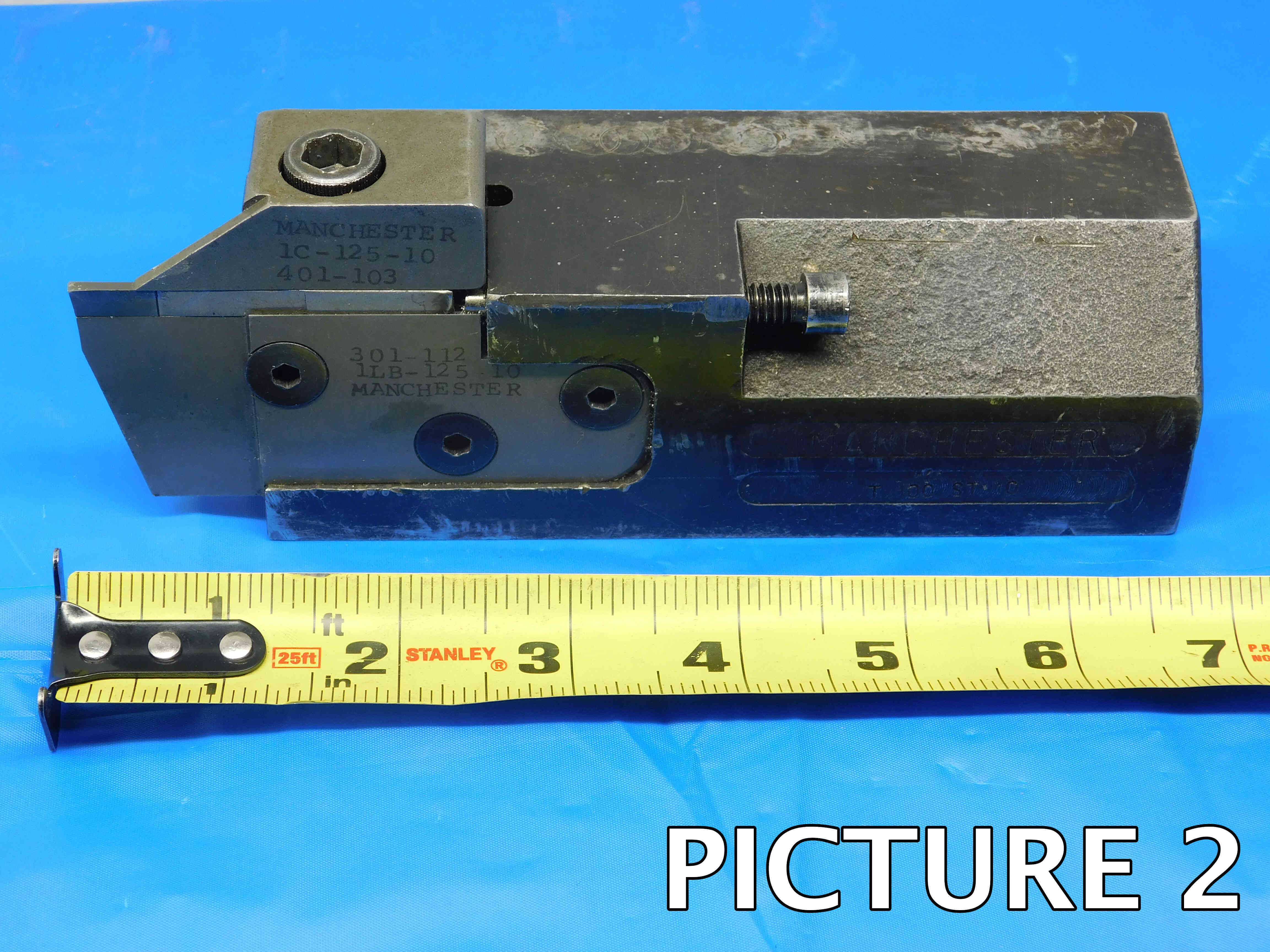
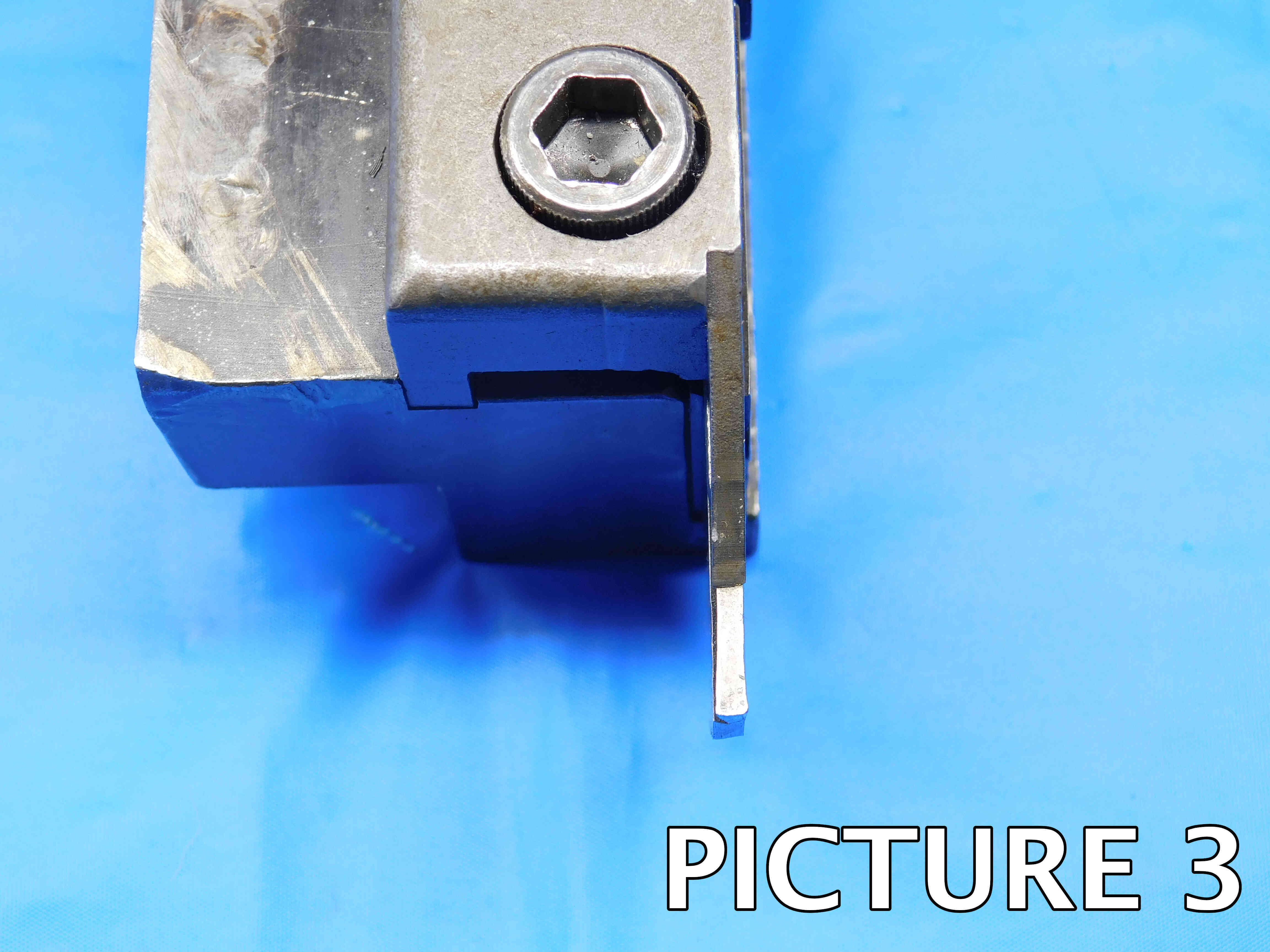
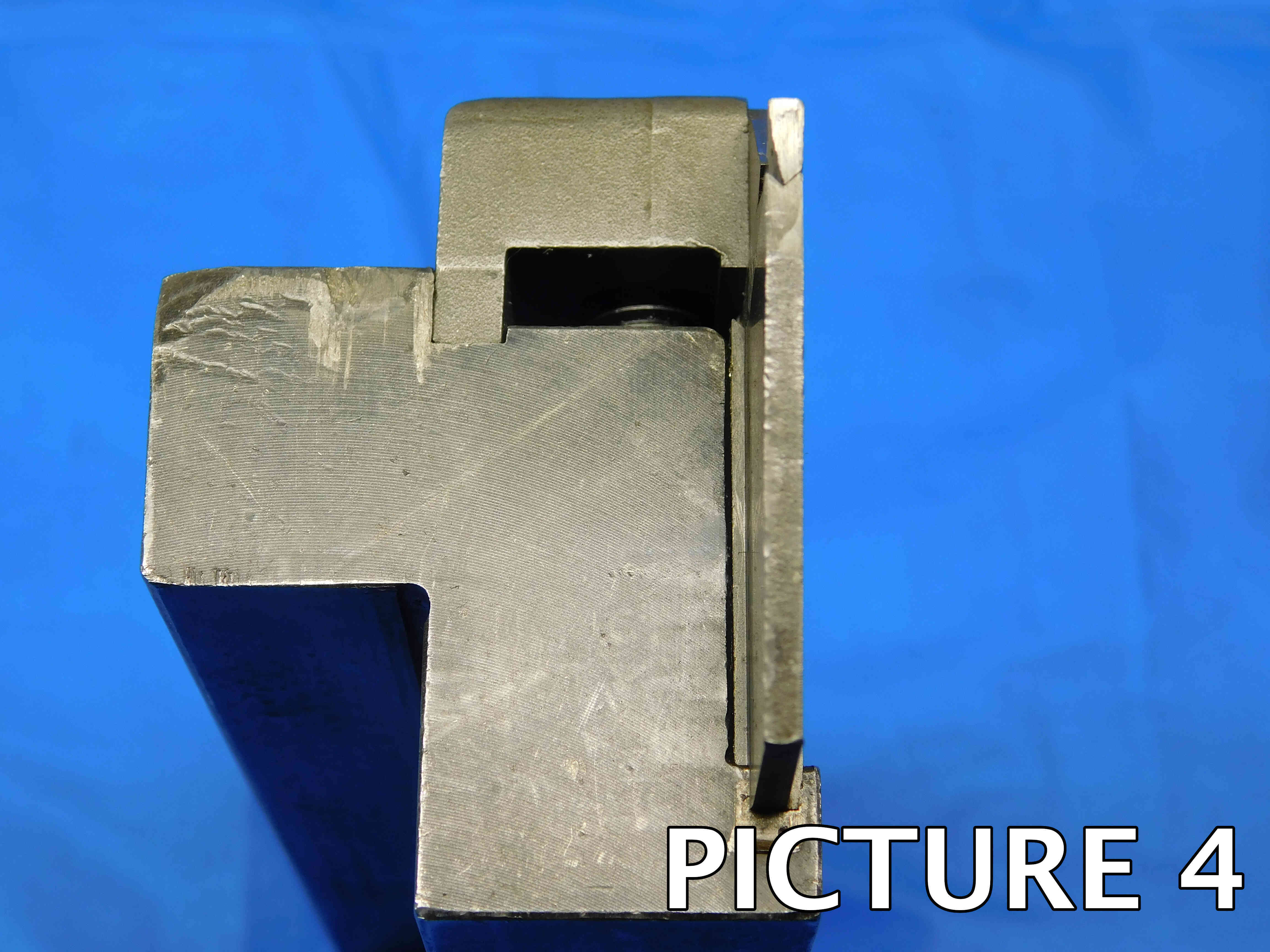
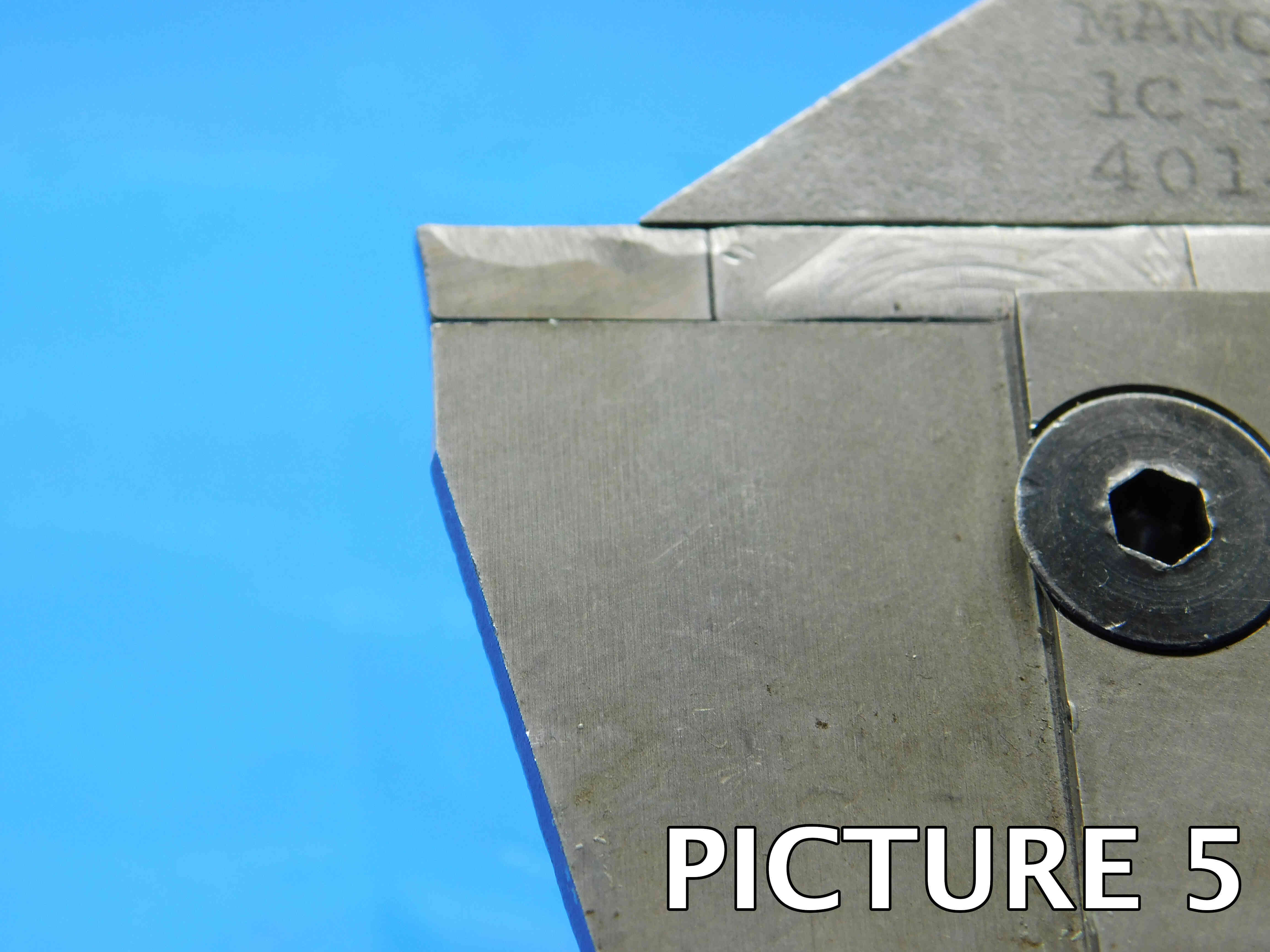
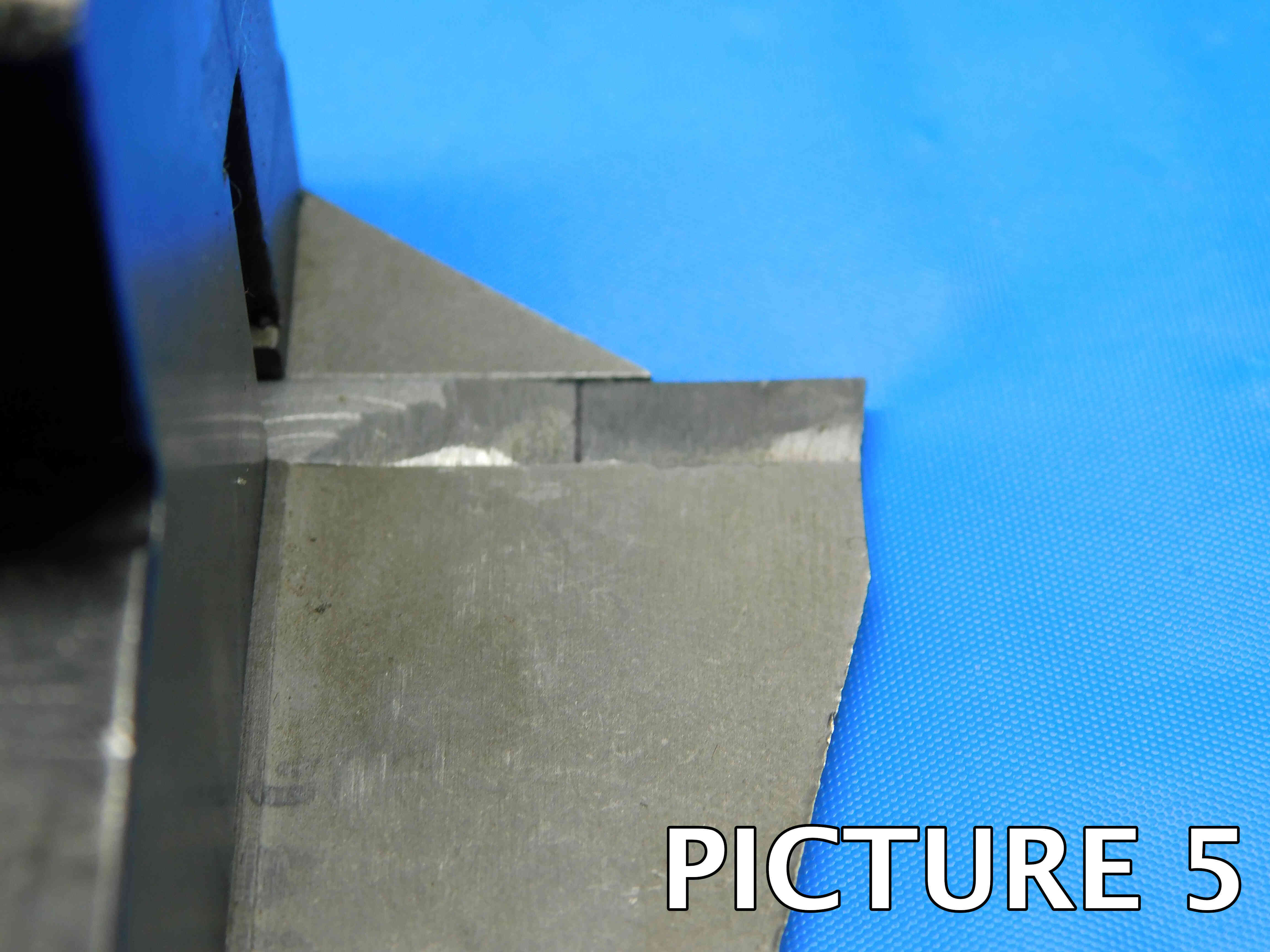
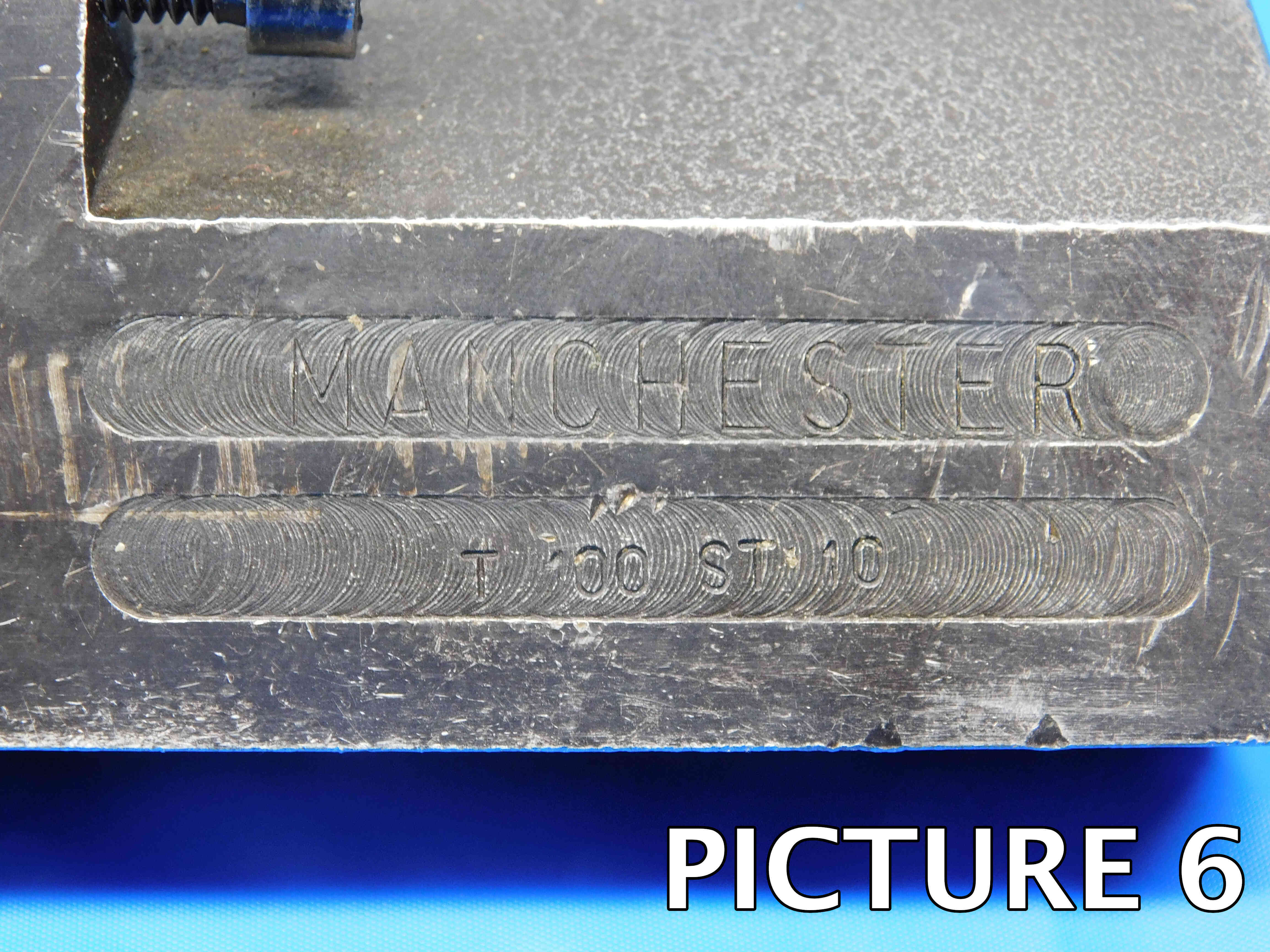
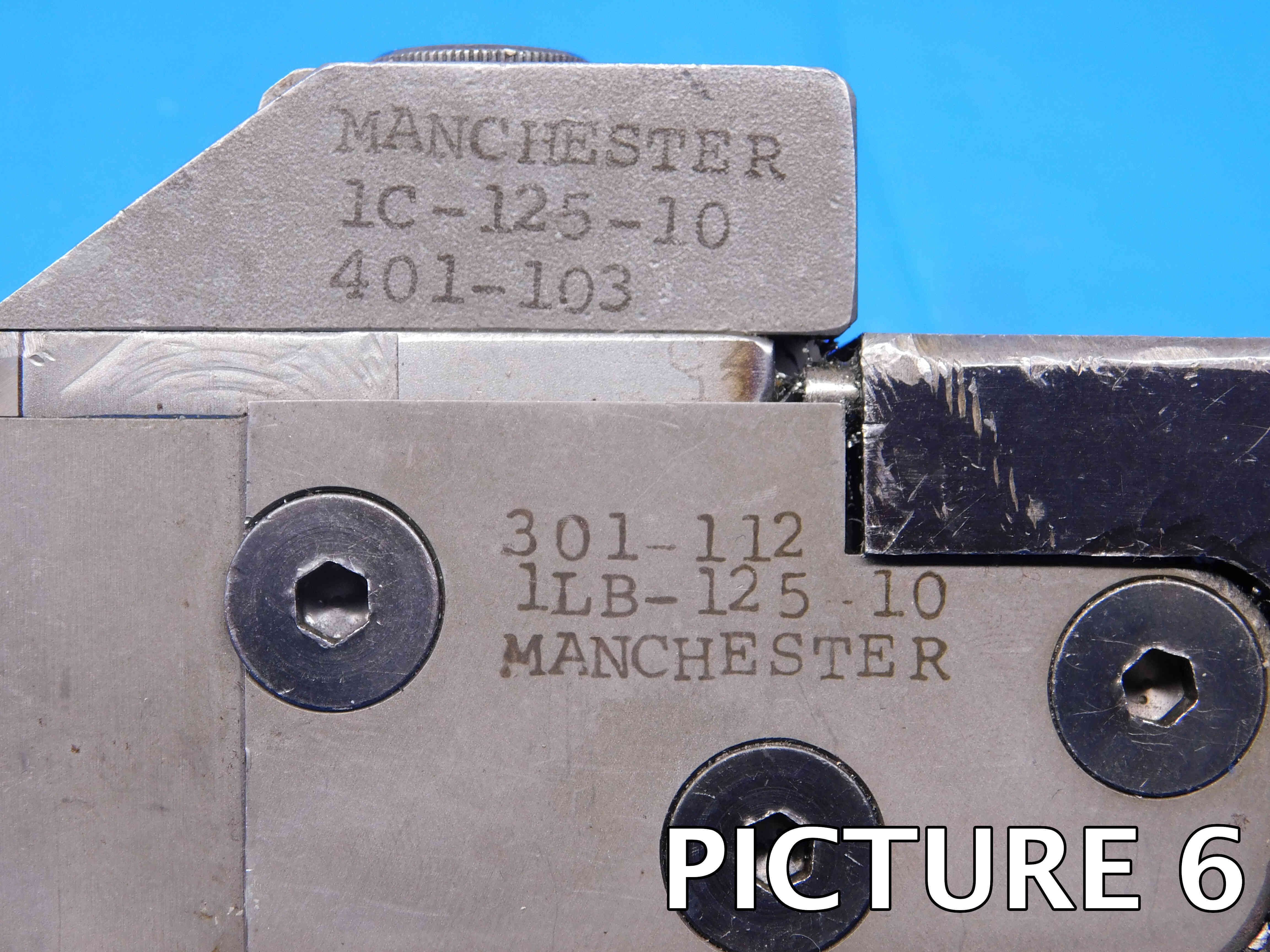
The brand will frequently be labeled on the shank. If the brand is not labeled, click the "Unlabeled" button to the right of the brand cell. Make sure this cell is not left blank, or the listing will not upload properly. Note: Items are often labeled with the country of origin (USA, China, Japan, Poland, etc). This should NOT be entered as the brand, and furthermore should not be included in the listing at all EXCEPT for USA which can be used as a filler.
One common brand to look out for is Kennametal, which can often be identified even without labeling. Many Kennametal tools are labeled with a yellow, oval-shaped sticker which frequently gets damaged or removed entirely as the tool is used. Whenever you see a blank, oval-shaped indentation like in the second picture below, it can be assumed that the brand is Kennametal.

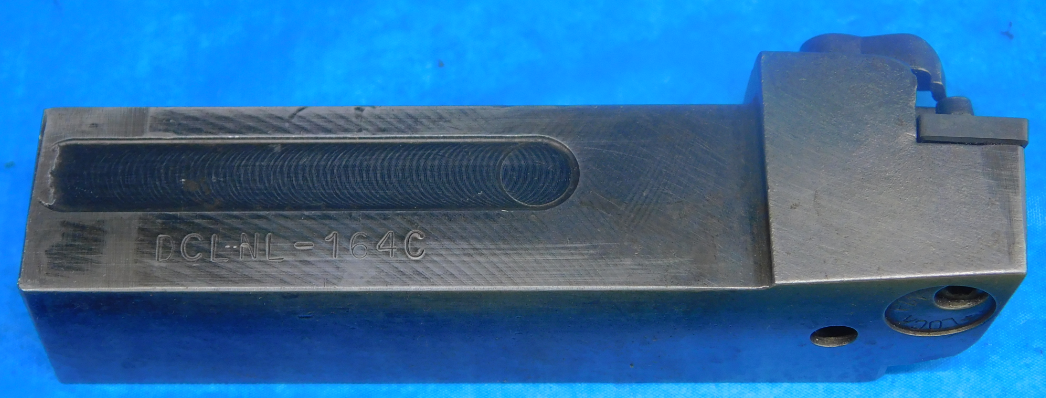
Most turning tool holders use a standard labeling scheme in which each letter/number corresponds to a specific characteristic of the tool. Please see the chart below for what each number & letter refers to - not all of this information will necessarily be relevant to the listing, but it can still be helpful to understand. There may be other labeling (such as NH2 in the example at the top of this page) that is still important but doesn’t describe the core characteristics.
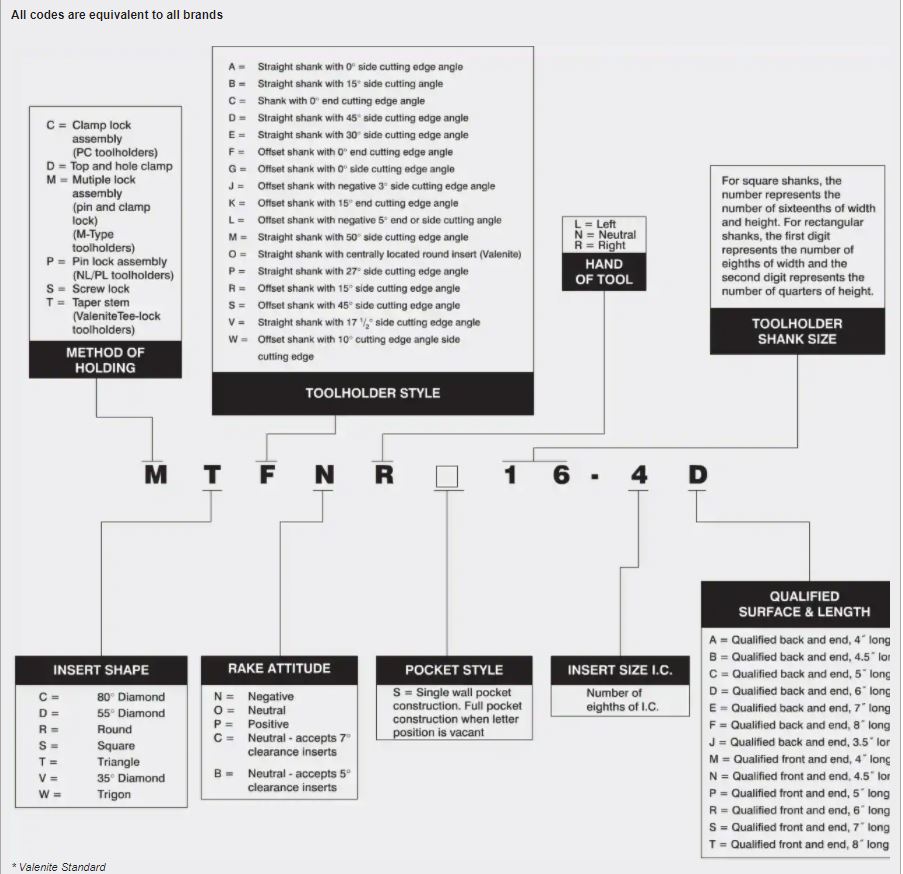
The shank can be measured with calipers, or by referencing the chart above given the proper labeling on the tool. Not all shanks are square - they can be rectangular which can be notated by, for example: 1” x 1 1/4".
Turning tool holders often have common "on-size" shank sizes such as 1" or 3/4". This is a precise measurement, however, and should not be rounded if it is more than .005" off from a fractional size. If you are getting an unusual "off-size" measurement, try converting it to millimeters as it could be a metric size.
Note: When entering a whole-number inch size, always include the " sign. The " sign should not be included for any size including a fraction or decimal. So, for example: If a tool holder's shank size is exactly one inch, it should be entered as 1" and not just 1. If the shank size is one and a half inches, it should be entered as 1 1/2 or 1.5 and not 1 1/2" or 1.5".
Metric size measurements should be entered with a lowercase "mm" (ex.: 16mm, 40mm).
The inserts sit on the shim / seat and are usually held by a combination of a clamp & insert screw. It is very important to look for damage to the insert pocket and shim / seat, as this will greatly affect the tool's use. Always picture any damage and specifically mention it in the listing's "Special Condition" description.
Information about the inserts used by the turning tool will sometimes be labeled on the tool itself, and you can also get some information about inserts from the part number as described in the chart above. You can also do a Google search for the part number, which will often lead you to a manufacturer or distributor's website that will have this information.
If the tool is currently holding an insert, you can also determine the type and size based on certain measurements - for more information, please refer to the Identifying Inserts FAQ page.
This is simply the total end-to-end length of the tool holder - this does not need to be a precise measurement and can be determined with a tape measure.
About Indexable Hardware (Insert Seats, Screws, Clamps, etc.)
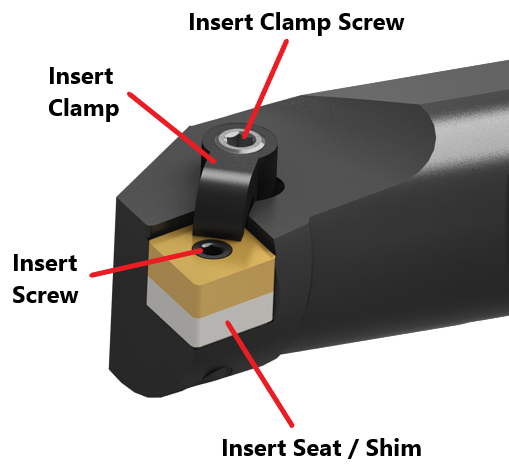
Most turning tool holders will include an insert seat (also called an insert shim), a screw which holds the insert and seat in place, and possibly a clamp which further secures the insert. If any of these parts are missing or damaged, it MUST be mentioned in the Special Condition section. Note that some turning tool holders may not require all of these parts (specifically, some boring bars will hold the insert using only a screw and no clamp, or vice-versa). Contact your trainer if you are not sure whether a piece of hardware should be considered missing.
The "Filler" section is used to add other relevant information to the title which is not covered by the other sections. Fillers can be a good way to increase a listing's visibility - we always want to include as much information as possible that we think a customer might be searching for in order to make sure that our listing is coming up in their search results.
There is not necessarily one right answer when it comes to fillers, and often it will be up to you to decide what should and should not be added as filler. Turning tool holders occasionally have extra space for fillers, so here are some suggestions for what can be included:
-Secondary branding / product names
-"USA" or "USA Made" for any US Manufacturers (you may need quickly research a brand if you are not sure since this will not always be specifically labeled)
-Words related to the specific applications of a particular tool holder such as "Threading", "Grooving", "Parting", "Top Notch" - this will be related to the type of inserts the tool holds
-Common insert types that the tool can hold - for example, if the holder is labeled "CN-43", you can add "CNMG" or "CNGA" as fillers since those both fall under the "CN" category. Some other common inserts include: TNMG, TNMA, TPMA, CCMT, WNMG, WNMA, VNMG, SNMG, SPEB
Note: Keep in mind that titles have a maximum limit of 80 characters.
Additional Specifications & Special Condition
The Additional Specifications section should be used for any secondary labeling or additional measurements that do not fit in the other sections of the listing. There is no character limit here so any relevant information that is not already covered should be included (within reason - we don't want to overload the listing with unnecessary information, so ask your trainer if you are not sure whether or not to include something in this section).
The Special Condition section should be used for any special notes about the item's condition such as damage or modification. Try to be specific when describing the condition, and reference pictures that point out the damage / modification if applicable. For example, "There is some damage around the edges of the insert pocket - see picture #4 for details." General wear and tear does not need to be mentioned, but anything that will affect the tool's usage should be included here.
Once all information is entered, click here for the next steps.
